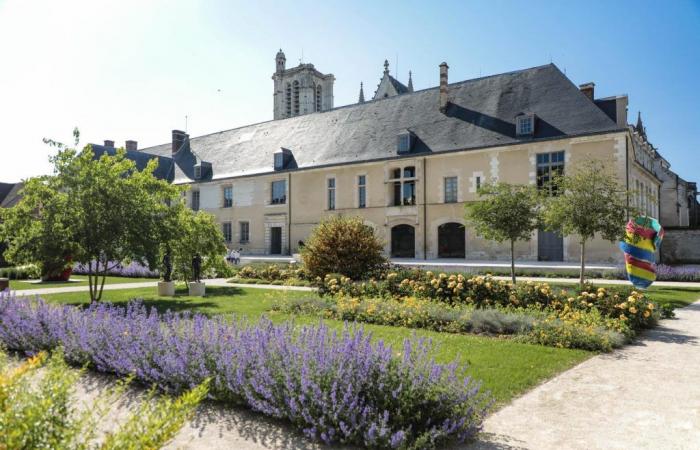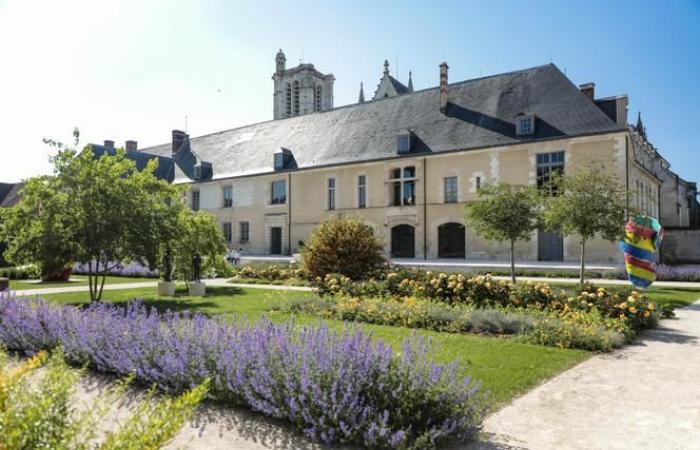There was an Arlesian in Troyes: the Museum of Modern Art. Closed in 2018 for renovation, its reopening was boldly but recklessly announced for 2019. It took place in 2024, in several pieces, however. Only a part, then the whole, with an inauguration constantly postponed – it was finally done on Friday October 11, the museum having nevertheless been completely open since April – by the “protocol service” from the town hall, which seems to have the upper hand on the local events calendar.
It must be said that its renovation is part of a much larger and more ambitious framework, which includes that of the City of Stained Glass, open in December 2022, and the Museum of Fine Arts of Saint-Loup Abbey, with presentations completely obsolete, the work of which will last from 2025 to 2028. Without forgetting the creation of common reserves, currently at the project stage.
Now fully accessible to the public, the Museum of Modern Art is worth the detour, and first of all for its collections: it is for example one of the rare ones, with the Petit-Palais in Geneva, to have all (76 pieces) of the bronze sculptures by André Derain (1880-1954), today very remarkably presented. This was thanks to a textile industrialist, Pierre Lévy, who financed its printing. In agreement with his wife, Denise, he donated part of his collection to the State in 1976, i.e. around 2,000 works (including 1,200 drawings) out of the 4,000 he owned, on the condition that she is presented in her town of Troyes. It was installed in 1982 in the buildings of the old episcopal palace, a jet of holy water from the cathedral, with the main modification being a magnificent spiral staircase made by companions, unused today, but fortunately preserved.
Exemplary renovation
Those who visited it at the time keep the memory of one of the very beautiful collections of modern provincial art, perhaps comparable to the Masurel donation, from Villeneuve-d’Ascq (North), with this nuance that the tastes of the Lévys were, if not more bourgeois, at least more classic: few cubists, if not colorful and readable, therefore rather the work of the second knives of the movement, including a very beautiful and important set by Roger de La Fresnay. A surprising double-sided Robert Delaunay – Angela Lampe, curator at the Center Pompidou, identified on the reverse a portrait of Bella Rosenfeld, Chagall’s first wife – painted on the occasion of the Paris Olympic Games (those of 1924). No abstraction, except little Nicolas de Staël and a few Bissière. This last gap is compensated by another donation, that in 2011 from Jeanne Buttner, whose husband, Raymond, collected abstracts from the Paris school in the 1950s.
You have 54.65% of this article left to read. The rest is reserved for subscribers.







